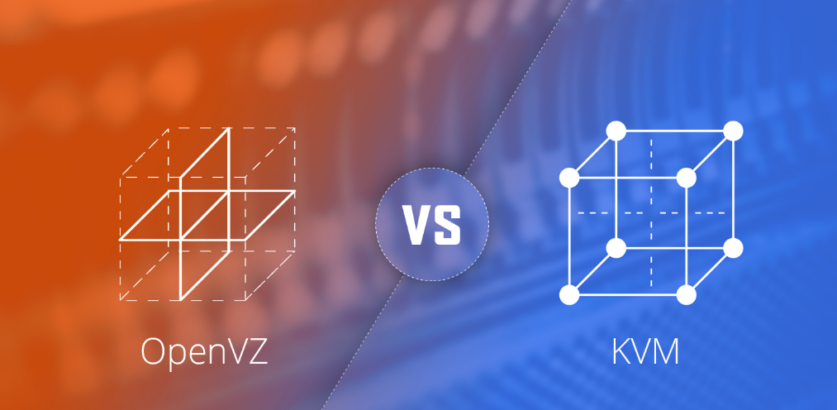
Today I want to talk about virtualization in a more theoretical sense in order that you understand what type of virtualization to choose depending upon your needs.
Throughout the years, virtualization has developed and adjusted to the requirements of clients or potentially the market. This advancement has resulted about various types of virtualization that go well past “exemplary” devices, for example, VMware or VirtualBox, giving us an extensive variety of potential outcomes to browse. Among these types, there are two of them that have turned out to be the most effective of all and the most “creative” in the field of virtualization. These types of virtualization are called level virtualization OS and virtualization Kernel level, despite the fact that they are best known for instruments that make use of such advancements: OpenVZ and KVM (separately).
Both virtualizations are exceptionally helpful, but they have various contrasts that, despite the fact that at first look they can’t appear to be extremely critical, practically speaking they can be unequivocal in selecting some decision. To comprehend the distinction between the two, the best is comprehend what every kind of virtualization offers us.
But what are the differences in between KVM and OpenVZ Virtualization? Let’s take a look!
Most importantly, the first essential contrast amongst OpenVZ and KVM is that OpenVZ can exclusively have Linux Operating Systems, while KVM is a considerable measure adaptable and might have Linux, Windows, or can settle on custom OS.
Preferences and weaknesses of OpenVZ are that it allows the total sharing of assets. OpenVZ uses a common piece with a layer of virtualization on top of the specific Linux Operating System. Since this portion is shared by every one of the clients over a particular hub on VPS, the bit isn’t adaptable. Once you’ve hit your allocated RAM gave to you by the host, the rest of the RAM turns out to be free for other server clients. This is regularly not an issue If you run little programming or applications, be that as it may, you may end up in a bad position in case you’re running something that is asset concentrated.
With KVM, you can setup most extreme and least values on your assets, permitting you to use just the assets that your applications will require. This is regularly valid, genuine equipment virtualization, which implies higher execution from lower needs on the hypervisor. 100 percent of the RAM and plate assets are devoted to no less than one individual client. KVM accompanies a disengaged domain and gives clients their own particular portion.
Know the danger of overselling
Overselling is something where a web hosting support over commits the server assets to particular clients considering that not each of the record goes through every one of those assets at once. While everything is oversold, Stay far from shady hosting firms that regularly oversells OpenVZ system and host you on a system that has a few holders. KVM also can be oversold, however it is exceptionally segregated. Since OpenVZ hosts are generally oversold, OpenVZ servers are typically less expensive than KVM servers.
If you are searching for Speed, Scalability, and Affordable plan, OpenVZ is the stage that you should to consider. KVM offers private virtualized hardware and also a network card, disk and representation connector, and bonded resource for swelled reliableness and adaptability. KVM packages are the best opt for serious resellers, game servers, small businesses, and medium-sized enterprises.
I trust that with this little article you have understood the most important ideas of virtualization and know the favorable circumstances and disadvantage offered by every type of virtualization.

No Comments - be the first.